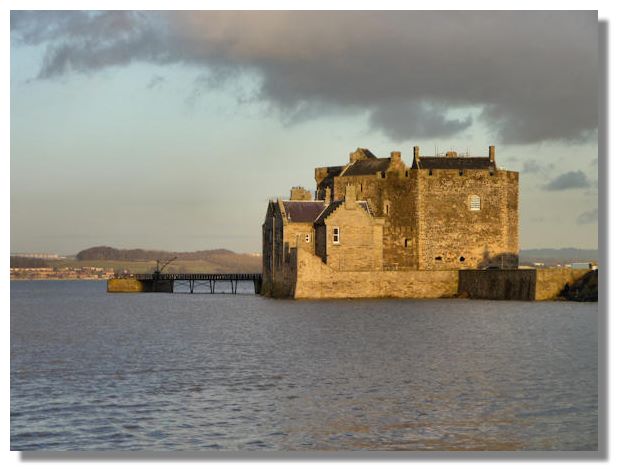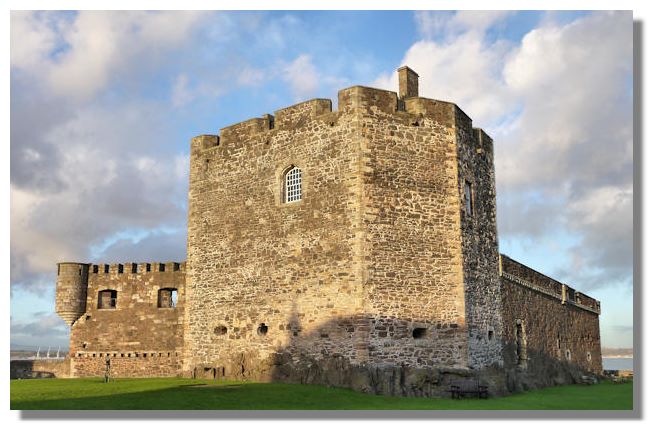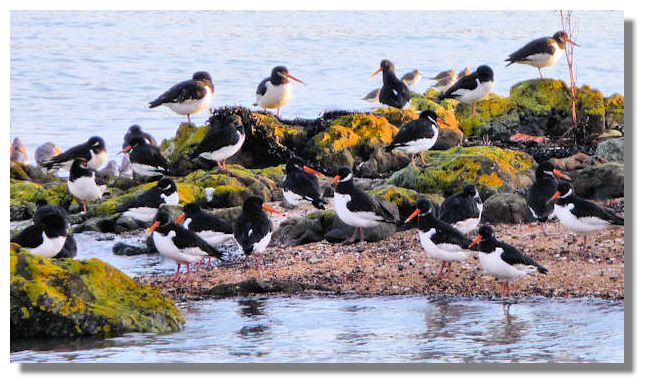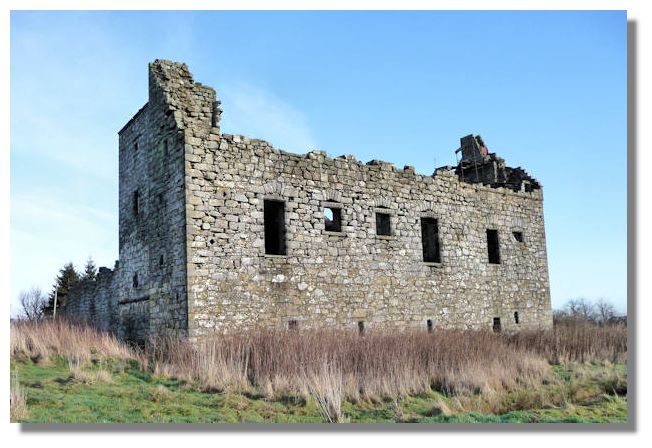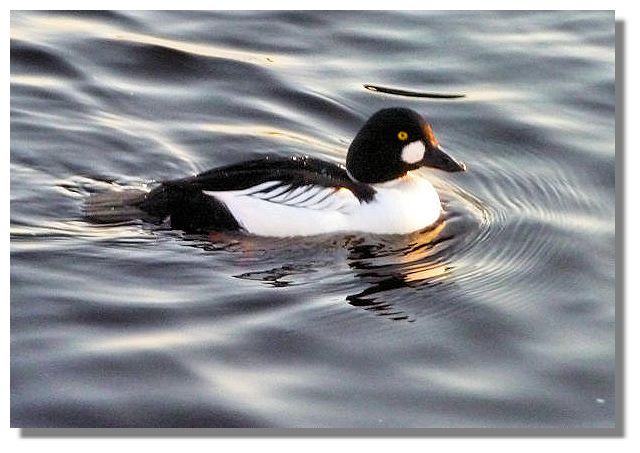The Rampant Scotland Newsletter includes a number of photographs which illustrate the weather and the seasons, plus the flora and fauna of the current week around Scotland. This separate "colour supplement" displays some more pictures, in a larger format. Here is this week's crop of Scottish views!
Located at a natural harbour, which served the Palace of Linlithgow four miles inland, Blackness Castle is surrounded on three sides by water. The castle is often referred to as "the ship which never sailed." Visitors can wander around inside the castle, climb the stairs to the top of the tower, see the stone fireplaces which provided the heating in winter (and the dungeons where there was no fireplace or windows) and walk the castle walls and the pier jutting into the water, with a view of the Forth Rail and Road bridges over the river a few miles away.
Handily located a few miles west of Edinburgh, Blackness Castle on the Firth of Forth was built in the 15th century by the powerful Crichton family. It became a royal residence when King James II annexed the lands and it was later to serve on a number of occasions as a prison. High ranking captives included Cardinal Beaton, Archbishop of St Andrews in 1543. The castle became a formidable stronghold with thickened walls and defensive guns. The garrison at the castle held it in support of Mary Queen of Scots for six years. It was besieged by Oliver Cromwell in 1650 and the more powerful guns of those times left the castle in ruins. It was restored during the Napoleonic wars and it again acted as a prison.
Peering over a wall beside Blackness Castle, I came across a large party of mainly Oystercatcher birds. They always look incongruous with those large orange-red bills - useful for digging up not just shellfish at the seashore but also worms inland in farmland. In winter, many develop a white "chin-strap" and their loud piping "kleep-kleep" call can often be heard long before they are seen. They often gather together like this in winter time on coastal shallows and estuaries such as the Firth of Forth. In winter, resident numbers of around 80,000 in the UK swell to over 340,000 as birds from Scandinavia migrate here.
Torwood Castle, near the village of Torwood, in the Falkirk Council area of central Scotland, is thought to have been built around 1566 for Sir Alexander Forrester of Garden. It was once the seat of Clan Forrester and was built by the Lords Forrester, who supplied the Crown with timber and were appointed heriditary keepers of the nearby King's Royal forest of Tor Wood by James III (1437-1460). In the early 17th century, the castle passed to the Baillies and then the Forresters of Corstorphine (now part of Edinburgh) in 1653. Torwood is a Scottish Baronial style castle with a three-storey main block facing south and a five-storey wing projecting northwards, with a square stair-tower projecting from the two. The castle was acquired in 1957 by a Glasgow accountant who single-handedly began a slow restoration over the next 40 years. It is now under the auspices of the Torwood Castle Trust.
The Goldeneye duck gets its name from that distinctive yellow eye - though the white patch below the eye of the male bird is even more prominent. The birds nest in trees several metres off the ground and at a day old the chicks (often 8 to 11 of them) jump to the ground where the female marches them off on a perilous journey to a loch which is often a substantial distance from the nesting site. Once there, the young birds dive and feed themselves, becoming independent after about 50 days - and taking to the air for the first time about a week later. In winter, the birds move south - returning to the Lowlands of Scotland and further south.If you want to look back at earlier editions of this Colour Supplement, there is an Index Page
